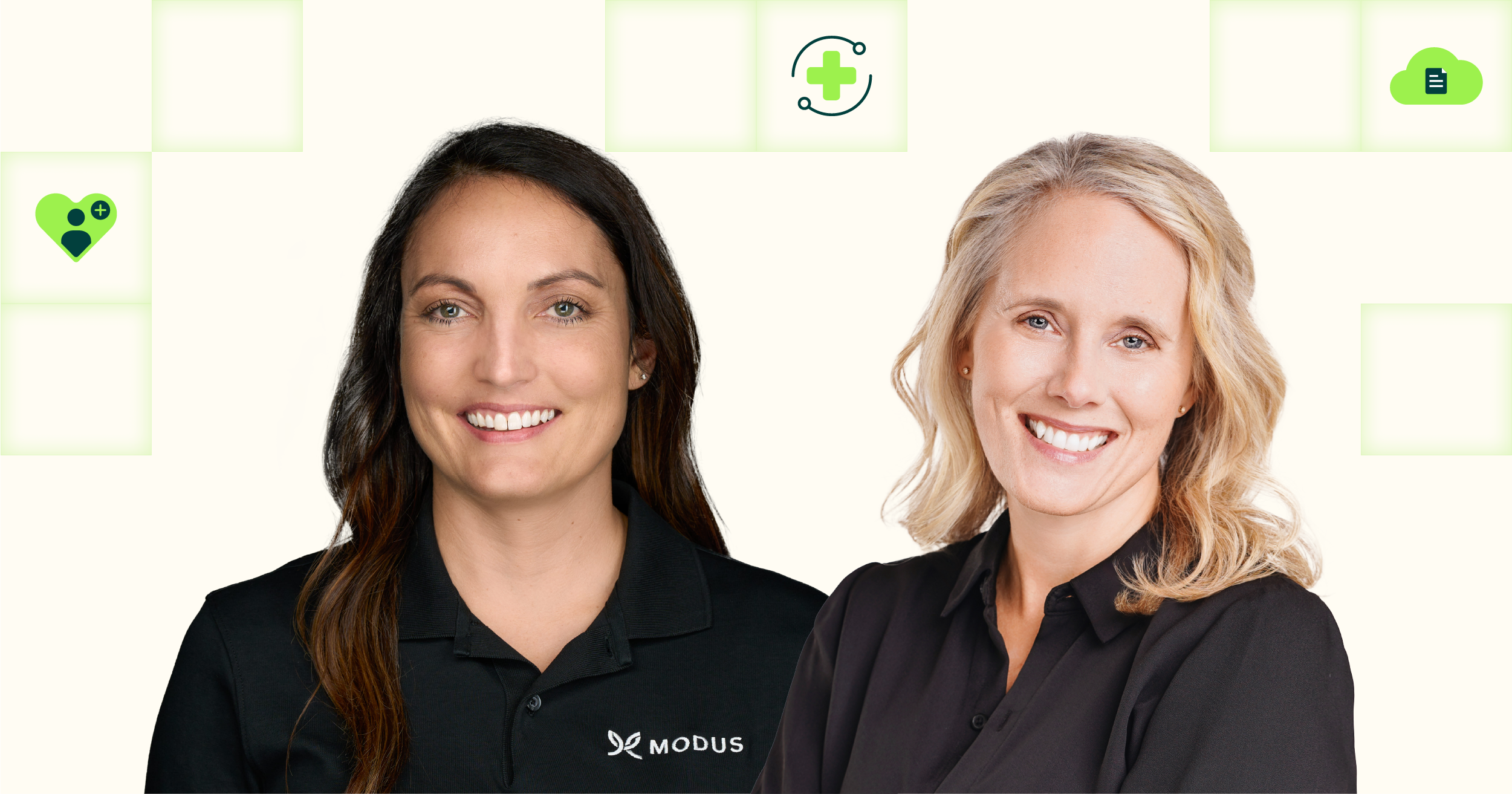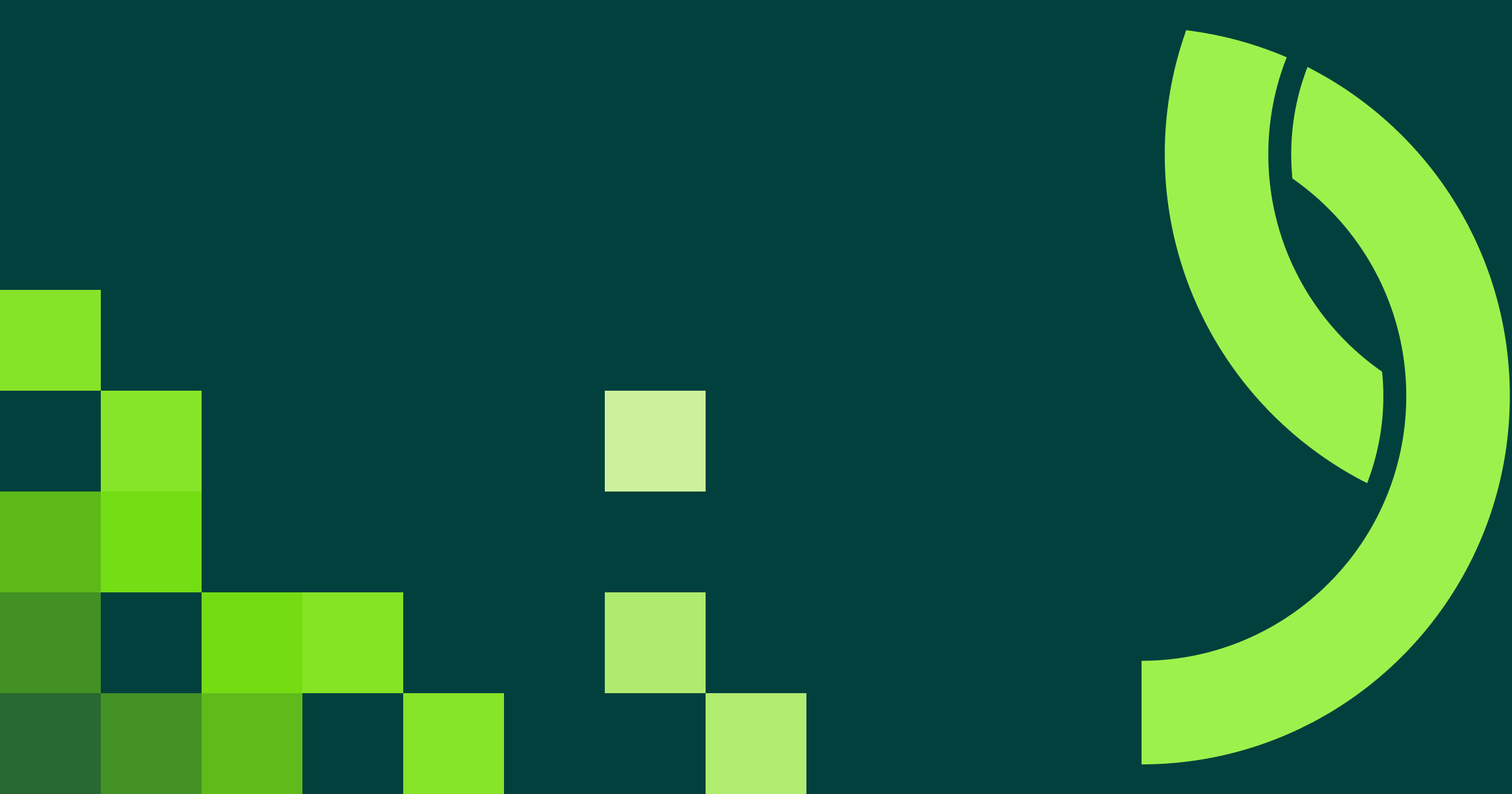Don’t obsess over your product — obsess over your market


Table of contents
Subscribe via Email
Subscribe to our blog to get insights sent directly to your inbox.
A few months ago, I joined Arman Eshraghi (CEO and founder ofQrvey, provider of embedded analytics for SaaS applications) on his podcastSaaS Scaledto share my experience launching SaaS products. Our conversation reminded me of an old startup adage that still rings true:First-time founders worry about the product, second-time founders worry about go-to-market.
After developing and launching multiple apps, I have definitely learned to be in the second camp. However, thinking about go-to-market right at the beginning of your SaaS journey can help you avoid some of the costliest mistakes I and many other startup founders made. The best part? You don’t need exorbitant sales and marketing spending to test the market. Below are a few main takeaways from my conversation with Arman. You cancheck out the full episode here.
How to go to market without marketing spending?
In 2016, I founded Atlas Authority, anAtlassian solutionscompany that resold products, provided services, and developed apps for the Atlassian Marketplace. We were not particularly good at sales, and when I saywe, I meanmebecause I was doing most of the sales.
At Atlas Authority, we were a lean team, and many of us had technical skills. While we couldn’t invest heavily in sales and marketing, there was one thing we could be excellent at —customer support. Working with developers, I provided support to Atlas Authority’s clients, and this helped our team become aware of and address common technical challenges.
Prioritizing customer support built us a reputation for excellence in the Atlassian Marketplace. Moreover,because we didn’t have major marketing or sales expenses, we could offer our products at a low cost. Here’s a lesson I learned: If you look at ongoing development efforts to maintain a flat feature set and the overhead to support the app, you will get the average per customer cost per year. Add this to your margin, and you can offer high-quality products at an extremely reasonable price.
This approach worked well for Atlas Authority. Our productsbecame popular in the Atlassian Marketplace, eventually being licensed by millions of users. When we became an official Platinum Marketplace Solution Partner and wereacquired by Modus Createin 2022, the possibilities grew endless.
How can marketers look for traction beyond Google?
Quick tip: You don’t always have to compete for keywords on Google or win at copywriting on the internet. You simply need to focus on where your customers are searching and hone your efforts.
At Atlas Authority, we knew our customers were searching on the Atlassian Marketplace. This made us realize that we only needed to compete in a small niche. Marketing became easier as a result because the marketplaces weren’t going to be as sophisticated as Google. It would be more like the early days of the Internet.
This focus on a niche reduces the cost of experimentation and ongoing operations. Ultimately, you’re not going to build a multi-billion dollar business with marketplace apps anyway, but if you want to build a business that’s generating, say, 3 million per year in revenue, marketplace apps are way easier than generic SaaS applications.
How to run cost-effective experiments in the market?
For many SaaS founders, marketing experimentation starts and ends with Google Ads. While Google Ads is a vital way to test and discover markets, other channels might give better ROI for your business.
The Atlassian Marketplace served Atlas Authority not only as a successful distribution channel but also as a cost-effective way of testing new ideas. For example, a huge bank requested us to build a plugin for Atlassian’s Bitbucket that would automatically scan repositories for secrets like passwords, clean them up, and send warnings to admins — a feature that was needed for compliance reasons. However, when we launched the app, the bank went silent and didn’t want to buy it anymore. When we released the app on the Atlassian Marketplace, nobody else really wanted it.
The nice thing was the cost to get an MVP was $10,000 altogether, and although I wasn’t happy about spending $10,000 and getting nothing in return, putting this into perspective made me feel better. Marketing teams blow $10,000 on Google Ads all the time. The alternative approach was a more cost-effective way of running an experiment to support customer needs and building institutional knowledge for the future.
Advice for first-time founders
This brings us back to the core theme of my conversation:Don’t obsess over your product, obsess over your market.
The first product I ever built was an app for a smartwatch. It was a cool product that helped users keep track of their mood throughout the day and identify patterns. There was only one problem — there was no way to sell it. I built areallycool toy, but it was completely useless from a go-to-market perspective.
Understanding your go-to-market is a key component of developing great products. How to sell your product? What is your ICP? These questions don’t come after you develop a product but before you even begin.

Boris Berenberg is a recognized leader in the Atlassian ecosystem with over a decade of hands-on experience optimizing and scaling Atlassian tools for major organizations like Spotify, Uber, and Zenefits. As a former Support Engineer at Atlassian, he significantly improved the performance and stability of Atlassian’s support infrastructure, reducing outages by 80%. His technical contributions helped to shape Atlassian’s public knowledge base, and his deep expertise in JIRA scaling and governance continues to influence best practices across the industry. Currently, Boris is focused on building and leading product strategy at Modus Create, driving growth and innovation within its internal product team.
Related Posts
Discover more insights from our blog.


